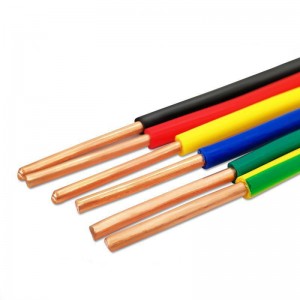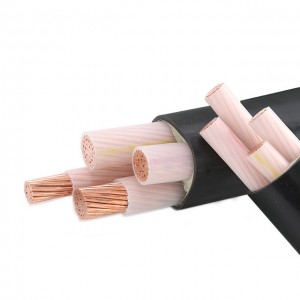Wires and cables are an integral part of modern communications, power transmission and data exchange. They interconnect devices, machines and systems, enabling smooth and seamless transfer of data and power. However, the length of wires and cables can have a major impact on their use and efficiency. This article will discuss the various effects of the length of wire and cable on their use.
One of the main ways wire and cable length affects usage is through resistance. Resistance is defined as the resistance to the flow of electric current in a wire or cable. As the length of the wire or cable increases, the amount of material increases and so does the resistance. The resistance of a wire is proportional to its length. If the length of the wire doubles, the resistance also doubles. Increased resistance causes a voltage drop, heats the wire, and negatively affects the performance of devices connected to the wire.
Another effect of wire and cable length is on signal transmission. This is especially important in communication systems such as Ethernet cables or HDMI cables. Signals that must travel longer distances experience attenuation or signal loss. Attenuation causes signal strength to decrease and increases with length of wire or cable. As signal strength decreases, data transfer rates may decrease, resulting in poor sound quality, distorted on-screen images, and other related issues. Therefore, the length of the wire or cable plays a crucial role in the transmission quality.
Another problem with longer wires and cables is that they are more susceptible to interference and noise. Electrical and electronic equipment often generates electromagnetic interference (EMI), which can cause problems with nearby cables or wires. This can cause signal distortion and impair the performance of equipment connected to such wires. Longer wires and cables have more surface area, making them more susceptible to interference. This problem is exacerbated in sensitive applications, such as medical equipment, where accurate signal transmission is critical.
Finally, the length of wires and cables affects installation and maintenance costs. Longer wires and cables require more materials, labor and equipment to install, which increases the overall cost of the job. Also, as the length of the cable increases, so does the difficulty of maintenance and repair. Accessing wires that run over long distances or conduits is often a tedious and costly process, while remotely securing shorter wires requires less effort, time and resources.
In conclusion, the length of wires and cables has a huge impact on their usage and efficiency. Length affects resistance, signal transmission, interference, installation and maintenance costs. It is important to consider wire and cable lengths and choose the best length for a particular application. Choosing the correct wire or cable size and length can also ensure minimal power loss, higher data transfer rates, improved equipment performance and cost savings.
Email: sales@zhongweicables.com
Mobile/Whatspp/Wechat: +86 17758694970
Post time: Jun-07-2023






